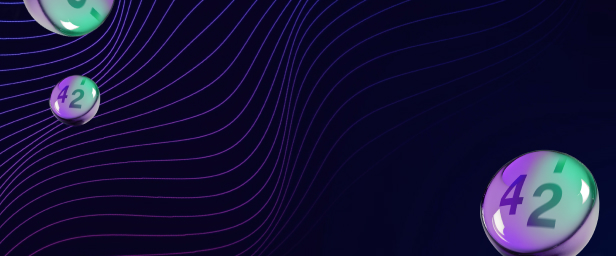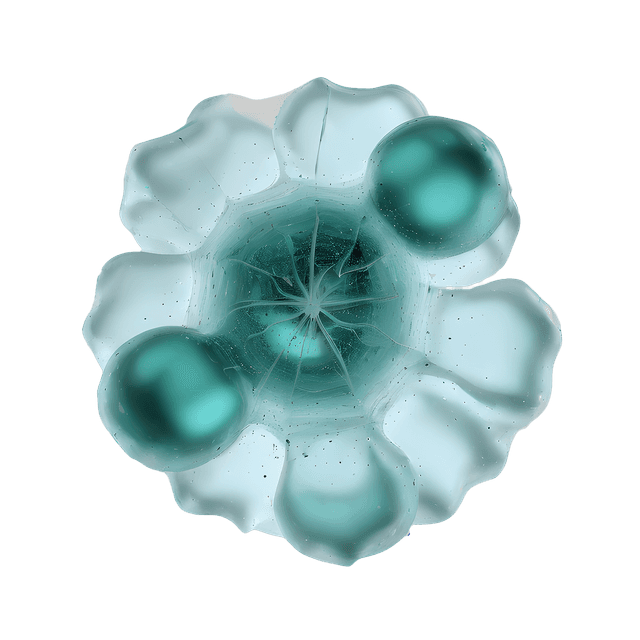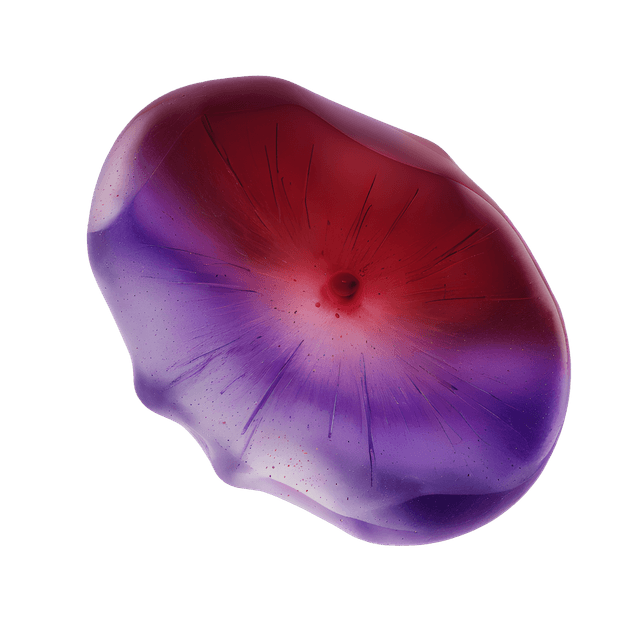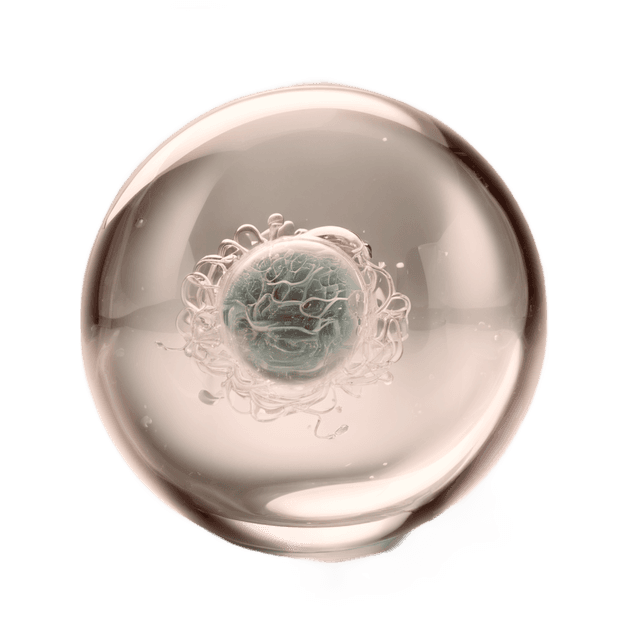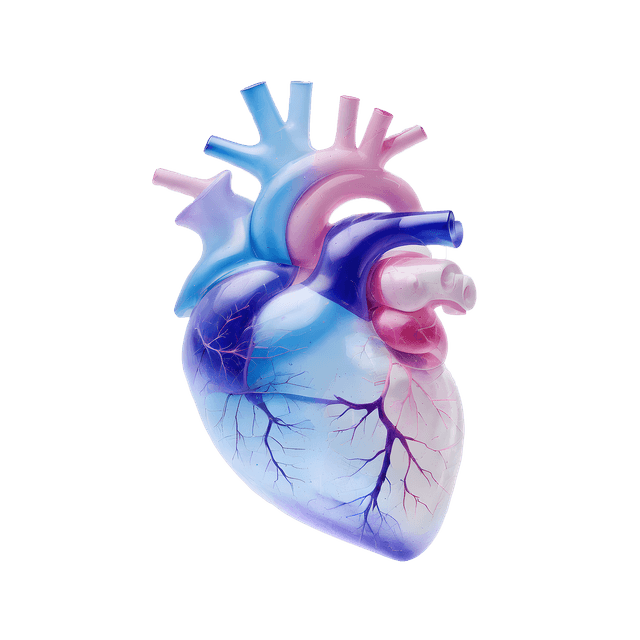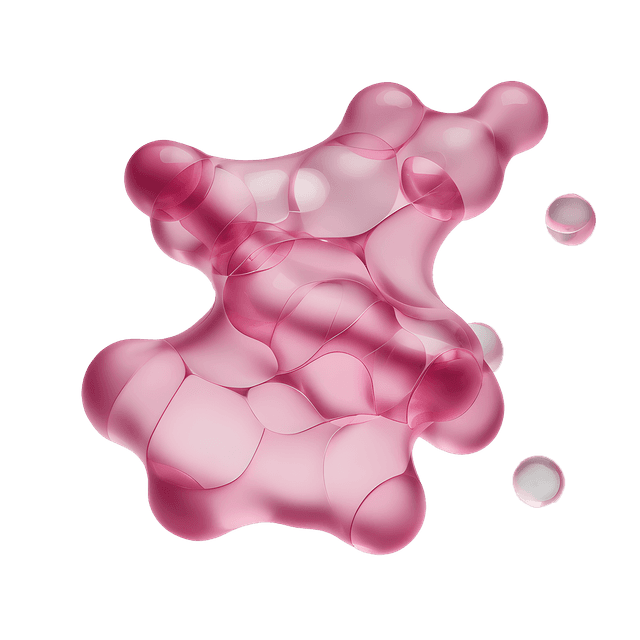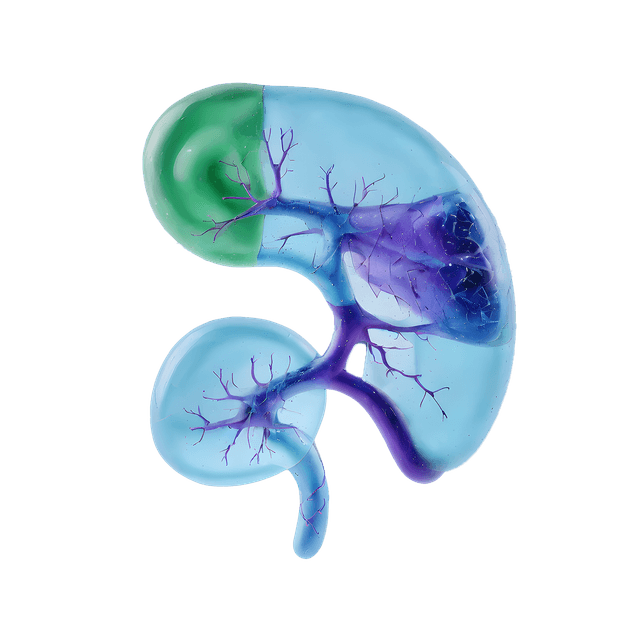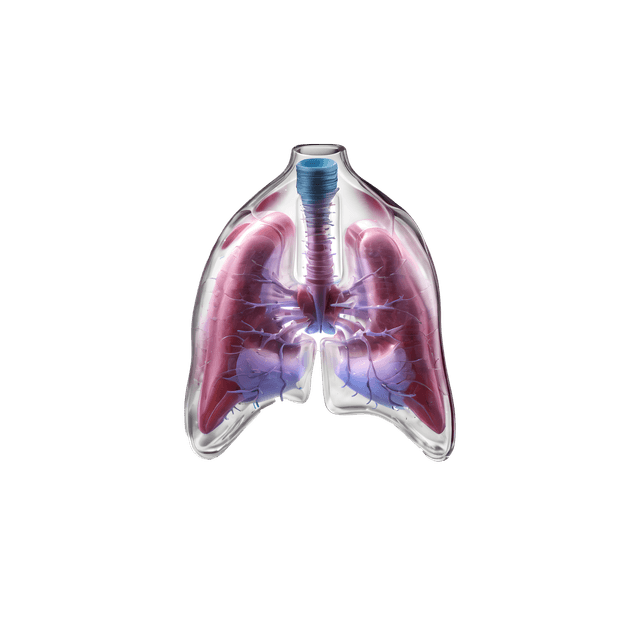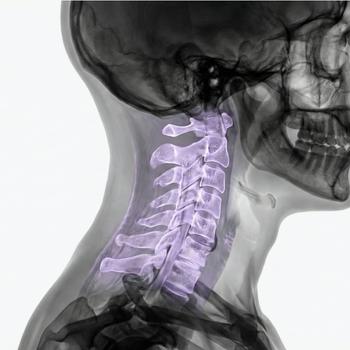Quick version
Neck pain is something most people experience at some point in their lives, but for some it becomes a recurring or chronic problem. The pain can be due to muscle tension, incorrect strain, osteoarthritis or pressure on nerves in the MR cervical spine. An MRI examination of the neck can show what is behind the symptoms and provide a clear path forward towards the right treatment - regardless of whether it involves physiotherapy, rehabilitation or referral to an orthopedist.
Typical signs that something more than muscle tension may be the cause are if the pain radiates into the arm, if you experience numbness, weakness or reduced sensation in the hands. In this case, it may be appropriate to have a doctor assess the need for further investigation with an MRI cervical spine.
At Testmottagningen.se you can order an examination of the neck to get a clear picture of the cause of your neck problems and a medical assessment by a doctor. The examination is completely radiation-free and provides answers as to whether your symptoms are due to, for example, a herniated disc, nerve compression or wear and tear changes.
The neck consists of seven cervical vertebrae, discs, muscles and nerves that together provide support and mobility. When something in this complex structure is loaded incorrectly or when nerves become irritated or pinched, the pain can radiate to both shoulders, arms or head. It is also common to experience dizziness, headaches or numbness in the hands and fingers.
Neck pain can manifest itself in different ways depending on which tissue is affected.
Some describe the pain as a constant pressure or a dull ache that never really goes away, while others experience sudden stabbing, stiffness or radiating discomfort that affects movement. The pain can be deep in the neck, spread up towards the head or out into the shoulders and arms. For many, the problems come on gradually over time and can worsen with stress, sedentary work or after sleeping in the wrong position.
- Aching or cutting pain in the neck and shoulders.
- Stiffness and limited mobility.
- Pain that radiates into the arm or hand.
- Tingling, numbness or decreased sensation.
- Fatigue and tension headaches.
- Dizziness or imbalance with sudden movements.
If the symptoms persist for a long time, worsen or affect your everyday life, it may be a sign that nerves or discs in the cervical spine are involved.
6 common causes of neck pain – and why they occur
Neck pain can have many different causes and develop gradually over time or come on suddenly after a strain. In some cases, the pain is due to temporary muscle tension, but sometimes there is an underlying change in the joints, discs or nerves that requires more attention. Here are the most common causes of neck pain and what is happening in the body.
- Muscle tension: often related to stress, static work or poor posture.
- Disc changes: for example, a bulging disc that presses on nerve roots and causes numbness or radiating pain.
- Osteoarthritis: wear and tear in the facet joints that makes the neck stiff and sore.
- Spinal stenosis: narrowing of the spinal canal that can cause weakness, pain and balance problems.
- Inflammation: in rheumatic conditions or infections in the joints of the back.
- Injuries: such as whiplash or a fall.
Then you should consider investigating your neck pain
Recurrent or long-term neck pain is a signal from the body that something is wrong. If the pain does not go away with rest, exercise or self-care, or if you also experience numbness, tingling, weakness or pain that radiates into the shoulders and arms, it may be time to investigate the cause more closely. An MRI of the neck MR cervical spine can then provide important answers. The examination shows in detail what the vertebrae, discs, joints and nerves look like and can reveal whether your problems are due to, for example, a herniated disc, a pinched nerve or wear and tear changes in the cervical spine.
Because MRI is completely radiation-free, it is often used to understand the cause of long-term pain, numbness or weakness in the arms. The results provide valuable information for the right treatment – whether it involves physiotherapy, pain rehabilitation or referral to an orthopedist for further assessment.
Treatment and next steps
How neck pain is treated depends on what is causing the problem. In most cases, it involves restoring mobility, reducing tension and strengthening the muscles around the neck and shoulders.
- Physiotherapy: individually adapted training to improve posture, strength and mobility. It is often the first choice for strain-related or muscular problems.
- Pain relief and self-care: heat, light exercise, stretching and short-term use of painkillers can relieve acute problems.
- In case of MRI findings: If the examination shows nerve damage, herniated disc or stenosis, you may be referred to an orthopedic or neurosurgeon for further assessment.
It is important to remember that most neck problems can be relieved without surgery. The goal is always to regain function, reduce pain and prevent recurrence.
In rare cases, neck pain can be due to a more serious injury, such as a fracture or severe nerve damage. An MRI scan can then be crucial to quickly identify the injury and prevent permanent problems. The image below shows an example of a severe injury to the cervical spine where MRI made it possible to detect a fractured vertebra that was not visible on a regular X-ray.
 The image illustrates an advanced MRI scan of the cervical spine where a serious injury to the vertebrae of the neck is clearly visible. If you suspect a fracture, severe pain or numbness in your arms, it is important to seek medical attention quickly for the correct diagnosis and treatment.
The image illustrates an advanced MRI scan of the cervical spine where a serious injury to the vertebrae of the neck is clearly visible. If you suspect a fracture, severe pain or numbness in your arms, it is important to seek medical attention quickly for the correct diagnosis and treatment. 
